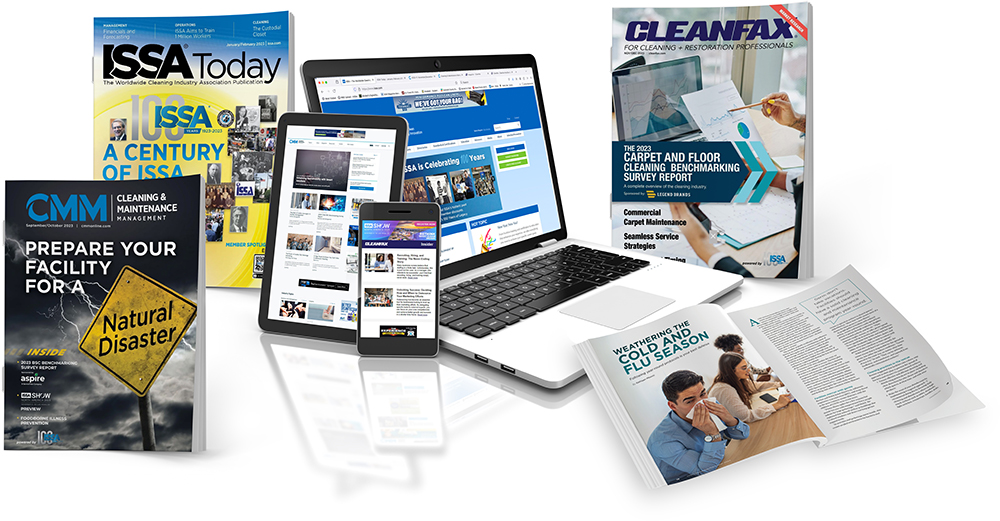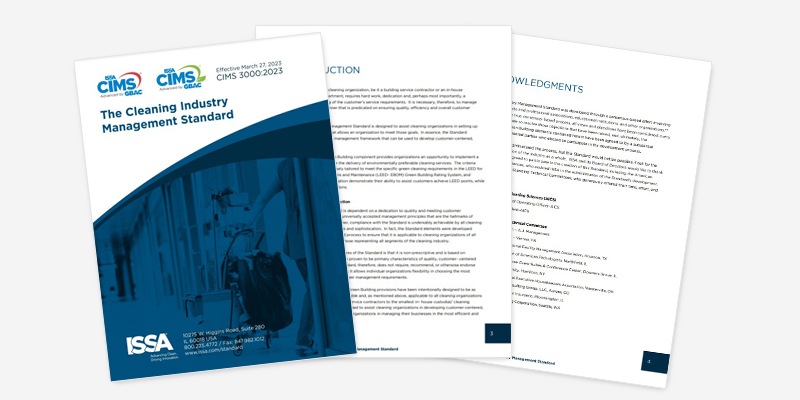Property Management RFP: How to Build, Bid, and Win

Property Management RFP: What It Is and How to Get It Right
When a facility, building owner, or association needs new property management services, the most reliable way to ensure a competitive, transparent process is through a Request for Proposal (RFP). A property management RFP outlines the scope of work and invites service providers to submit bids detailing how they will meet the property’s needs.
This guide walks through the key elements of a property management RFP—from writing one to responding effectively. Whether you’re issuing an RFP or competing for one, understanding the process increases your chances of success.
For expert support in designing or responding to complex RFPs, explore ISSA Consulting Services.
What Is a Property Management RFP?
A property management RFP is a formal document issued by property owners or associations seeking bids for managing their real estate assets. The RFP includes all the essential details—building specifications, service expectations, contract terms, evaluation criteria, and submission deadlines.
RFPs are common in:
- Commercial office buildings
- Multi-family housing or HOAs
- Government or public buildings
- Educational or healthcare campuses
- Mixed-use developments
By standardizing the selection process, RFPs help ensure fairness, encourage cost competition, and attract the best-qualified vendors.

Key Components of a Property Management RFP
A clear and well-structured RFP results in better vendor proposals and fewer headaches. If you’re writing one, make sure to include:
-
Executive Summary
Outline your goals and a brief description of the property and current challenges.
-
Property Overview
Include square footage, number of units, tenant mix, location, operating hours, and any building-specific considerations.
-
Scope of Services
Clearly define the expected services, such as:
- Lease administration and rent collection
- Maintenance and repairs
- Janitorial and cleaning
- Vendor management
- Emergency response
- Financial reporting
- Customer service and tenant satisfaction
-
Proposal Requirements
List the documents and information you want from vendors, like:
- Company profile and experience
- References and case studies
- Licensing and insurance
- Transition plan
- Fee structure or pricing proposal
-
Timeline
Specify deadlines for:
- Submission
- Q&A periods
- Interviews or site visits
- Final decision
-
Evaluation Criteria
Clarify how you’ll score proposals—cost, experience, certifications, or past performance, for example.
How to Respond to a Property Management RFP
If you’re a vendor hoping to win the job, the RFP is your chance to make a strong impression. Here are best practices for submitting a competitive proposal:
- Read Carefully
Don’t skim—understand the scope, deliverables, and expectations.
- Follow Instructions
Make sure your proposal includes all requested documents and is formatted correctly.
- Tailor Your Response
Avoid generic content. Speak directly to the property’s needs and challenges.
- Showcase Your Experience
Highlight similar properties you’ve managed. Include data (e.g., tenant satisfaction scores, maintenance cost reductions).
- Demonstrate Value
Show how you can improve service, lower costs, or enhance tenant satisfaction.
- Submit on Time
Late proposals are usually disqualified. Plan for submission ahead of the deadline.
For help crafting a compelling RFP response, ISSA Consulting Services offers expert guidance tailored to cleaning and facility management professionals.
Why RFPs Matter in Property Management
A property management RFP doesn’t just help find the lowest bidder—it supports better long-term outcomes. Here’s why:
- Transparency: Everyone competes on the same terms.
- Accountability: Vendors commit to specific service levels.
- Benchmarking: Owners can compare vendors side-by-side.
- Customization: The process allows owners to prioritize their needs—cost, green cleaning, tenant relations, etc.
Common Pitfalls to Avoid
Whether you’re issuing or responding to a property management RFP, watch out for these missteps:
- Vague Scope: Leads to misaligned proposals.
- Unrealistic Deadlines: Hurts proposal quality.
- Ignoring Compliance Requirements: Especially important in government or public sector buildings.
- Choosing Solely on Price: May lead to poor service outcomes.
- Lack of Communication: Clarify details during the Q&A window if you’re responding to an RFP.
Related Topics You Might Find Useful
You can also visit the U.S. General Services Administration (GSA) for examples of federal RFP processes.
Final Thoughts
Whether you’re preparing an RFP or bidding on one, the process can be complex—but it’s also an opportunity to align property management services with long-term goals. Writing a thoughtful, complete RFP helps owners attract better partners. Crafting a tailored proposal increases a vendor’s chance of winning.
For support in either direction, ISSA Consulting is here to help you streamline the process and improve outcomes across your property portfolio.















